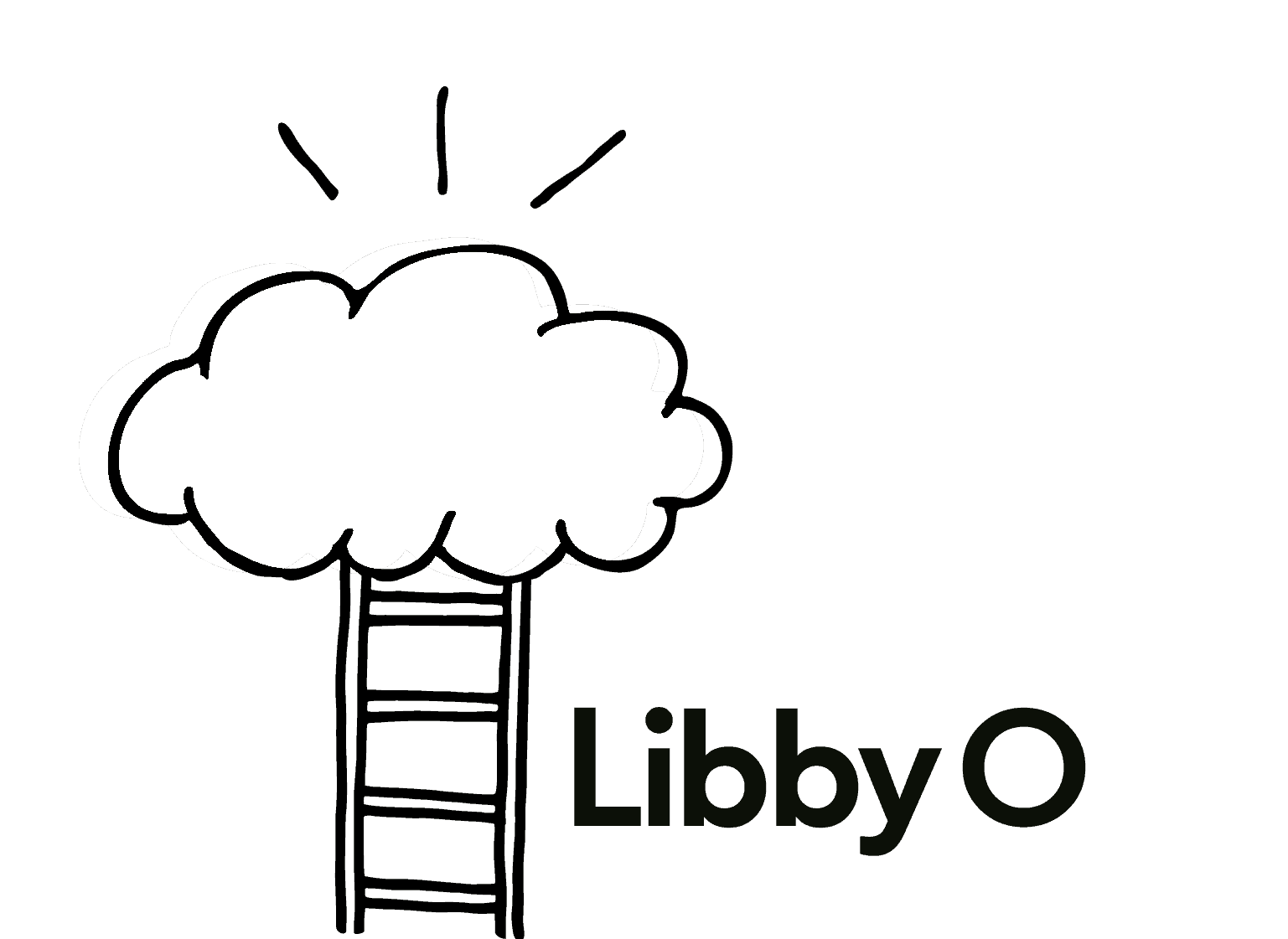If you’ve been following my series of posts on how to talk to colleagues about the social issues currently flooding the world, you’ll know that supporting everyone to speak openly about discrimination and marginalisation encourages employees to be authentic.
Employees who feel supported to voice their true selves at work are more engaged and contribute more.
Do As I Do, Not As I Say
Starting difficult conversations with staff is step one.
But the people around you will quickly pick up if what you say and what you do are very different.
So how can you ensure there is no bias or discrimination in your work processes?
Feeling Like You Belong
Darwin wrote at length about humans being social animals.
And as social animals, our biological instinct is to express our opinions in places where we feel safe.
The easiest way for you to achieve social acceptance is to surround yourself with others who are like you – people who think the same, behave the same, talk the same and even look the same.
Some scientists claim it even explains our weight!
But is this the best environment to create in the workplace?
Breaking The Stereotype
Google X, or the Moonshot Factory, built a business breaking this stereotype.
The company’s motto is “We create radical new technologies to solve some of the world’s hardest problems”.
Each Moonshot (project) is driven by a multi-disciplinary team made up of very different types of people; teachers, scientists, psychologists, artists and more. The reason?
“To challenge each other’s perspectives”.
Moonshot embodies global research which shows increased diversity at work increases innovation and improves performance, especially when mixed with inclusion.
Here’s three areas where you can create instant change to keep the ball rolling.
1. Not Another Mini Me
Have you ever heard a senior member of staff say “This person reminds me of myself when I was younger. Let’s hire them”?
This practice clearly flies in the face of hiring the best person for the job. Plus, it falls a long way short of achieving what’s best for the company.
Yet, research released by Harvard Business Review last week shows that people who belong to marginalised groups often ‘whiten’ their resumes, as apparently it makes them twice as likely to get the job!
Try removing names from applicant’s resumes and mixing it up with a diverse interview panel – even if you have to import them for the day.
2. Ditch The Legal Speak
And what about your company policies? Were they written by the resident wanna be lawyer? So complicated that no one could comply even if they wanted to?!
You might like to distribute this plain English guide to all staff one day to help everyone communicate better.
In addition, you could have a conversation with your authors to help them see how their policies are building barriers, not steps for people to walk up.
3. Dissect Your Business Processes
My final idea to prevent racism at work through building inclusion is – check again!
Ask someone who belongs to a marginalised group to read the next draft policy or comment on the recruitment practices.
Have an independent audit of your HR outcomes and produce a quantitative report. You could also audit your performance management, promotion and grievance processes as well as your complaints log.
And lastly, you can increase inclusion by checking how many marginalised groups have a voice on your steering committees and your other decision making bodies.

